Have you come across the sport of bouldering? It’s a branch of climbing, where exponents tackle short climbs, usually of freestanding rocks, without use of ropes. What has this to do with taking pictures, you ask? Well, let me tell you about my experience photographing bouldering with a Leica M.
I recently made a hiking trip to the Red Rock Canyon National Preservation Area in Nevada. It’s a spectacular corner of the Mojave Desert, not far from the glistening lights and tawdry entertainment of Las Vegas. The preserve offers residents of that infamous city a nearby getaway to more uplifting activities. One of these, as I discovered out on the trail, is bouldering.
Bouldering is a portmanteau of boulder and climbing. Mountaineering, with an extra syllable, has been adopted as the mash-up of mountain and climbing. I suppose mountaining, just like bouldereering, somehow does not work as well. Etymology is a funny business.
I had vaguely heard of bouldering before running into some “boulderers” on my hike. It differs from more familiar climbing pursuits in several ways. Firstly, climbers tackle relatively short ascents, perhaps 15–20 feet. Further, they do not use ropes and anchors to secure themselves to the rock face.
A cool feature of the sport is that climbers are relatively close to the ground, and therefore nearby. Also, they are not moving very quickly. They are usually hanging motionless as they decide where to next place a hand or foot. So, here was my chance to try photographing bouldering with a Leica M.
Bits and bobs of bouldering
The edifice being climbed is usually a massive, freestanding boulder, hence the sport’s name. This offers the prospect of achieving success, that is, reaching the top, without requiring an epic, multi-hour climb.
Bouldering began as a way for rope climbers to practice short manoeuvres, later implementing them on more ambitious climbs. In time, bouldering became a sport pursued in its own right.
You are probably thinking that even though the climbs are only 15–20 feet high, that’s still a long way to fall. This is why bouldering kit includes a “crash pad”. This is a thickly padded “mattress” that can be folded and lugged to the climb as a backpack.
The only other bits of gear used in this minimalist sport appeared to be chalk to keep hands dry, and special shoes. The latter use a very narrow toe, which climbers can jam into cracks and crevices.
From my observation, bouldering is a group activity. It certainly makes sense not to climb alone in a remote location. As a result, groups of boulderers ‘pool’ their crash pads. This ensures a large, well padded place to land when their grip fails them — a common occurrence it seems.
In fact, although I observed three different groups bouldering, I did not photograph anyone successfully completing a climb.
So much for bouldering, where does photography fit it?
Photographing bouldering with a Leica M
Unusually for me, I took several camera/lens setups on my hiking trip. This was possible because we drove to each trail head, minimizing the time I spent lugging my gear. I aimed to compare a zoom-lens kit with a multiple prime-lens-based kit. In particular, I wanted to see whether the convenience of a zoom outweighed the optical performance of three primes.
The prime kit comprised a Leica M240, Voigtländer 21mm Color Skopar, 35mm Summilux, and 75mm Summarit. This was the kit I was using the day I encountered people bouldering.
The Voigtländer did a superb job capturing the rugged beauty of the Preserve’s landscape. It is a brutally arid location, littered with loose rocks, scrubby bushes holding on for dear life, and gnarled trunks of dead trees.
Throughout the hike, we saw rock formations in a rainbow of colours, depending upon which strata had been forced to the surface during some primeval seismic event. Over aeons, rocks had been split and then further fractured by relentless exposure to sun and blistering summer temperatures.
The resultant landscape, forged from these harsh conditions, was absolutely magnificent.
Bouldering groups
For photographing bouldering with a Leica M, I switched to the 35mm Summilux. I was wary of distracting the climbers, who were concentrating intensely. With a 35mm focal length, I managed to frame the shots without being too intrusive.
I chatted with one pair, Colin and Dylan, who had travelled from Seattle and New York, respectively. They had come specifically to tackle a boulder, well known within the community, that was considered ‘difficult’.
Although not obvious from the photograph, the face of the boulder projects outwards, creating an overhang. Climbers themselves thus hang from the rock as they proceed. You can see chalk marks on the rock face, indicating where earlier climbers had placed their hands.
Just after I took the shot, Colin fell, landing frustrated, but unharmed, on the generous array of crash pads below.
I also bumped into a group of teenagers hoping to scale a more modest, but still tricky boulder. Isn’t it encouraging to see young people enjoying fresh air and physical activity, rather than staring into a screen? Oops, showing my age here.
They were dressed quite casually, but still possessed the requisite chalk, climbing shoes and crash pads.
Social network
You can see how bouldering has a social dimension. Members of the group are close to the climber and able to guide and encourage their fellow participant. This would be nigh on impossible if the lead climber was a hundred feet up a sheer rock face. As mentioned earlier, this also affords the possibility of photographing bouldering with a Leica M camera. No need for a big telephoto lens here.
The final group illustrates that women, as well as men, take part in bouldering. I was impressed by the words of encouragement being offered to the climber by the rest of the group. They were willing her on. These shots also illustrate there are sometimes several potential routes up the boulder, some trickier than others.
Climbs are assigned a difficulty score based upon crowdsourcing. Members of the community pitch in with their assessment, and a consensus emerges. Novices at the sport can then start with ‘easy’ climbs and progress to more challenging ascents as they develop skills. They also need to develop finger strength and endurance; they might have to hang for a while with feet and hands splayed in position, gripping furiously, while they plot their next move.
Bouldering addiction
I enjoyed my short stint watching these groups pitting themselves against these physical obstacles, using just their arm strength, courage, and wits. As I plan future hiking trips, I shall be factoring in the chance of running into popular bouldering sites. I think I am already addicted to photographing bouldering with a Leica M.
While I had the 35mm Summilux attached to my M240, I grabbed a few close-up shots of my surroundings. This part of the preserve was dotted with Cholla cactus, Junipers, and lichen-covered rocks. More nature and more natural beauty.
I will offer more perspectives on hiking with an M-kit versus a zoom-lens kit in a future article.
But one clear difference is worth mentioning now: the number of comments I received about my M-camera. They ranged from, “Wow, a real camera!” to “I love your camera!”. It is, admittedly, hard to miss, with its bright red leather finish, and matching red strap strung around my neck.
It’s not just a good looker, though. I hope you agree, that even though it’s ten years old, together with these lenses, it can still deliver superb image quality.
Read more from Keith James
A cup of coffee works wonders in supporting Macfilos
Did you know that Macfilos is run by a dedicated team of volunteers? We rely on donations to help pay our running costs. And even the cost of a cup of coffee will do wonders for our energy levels.

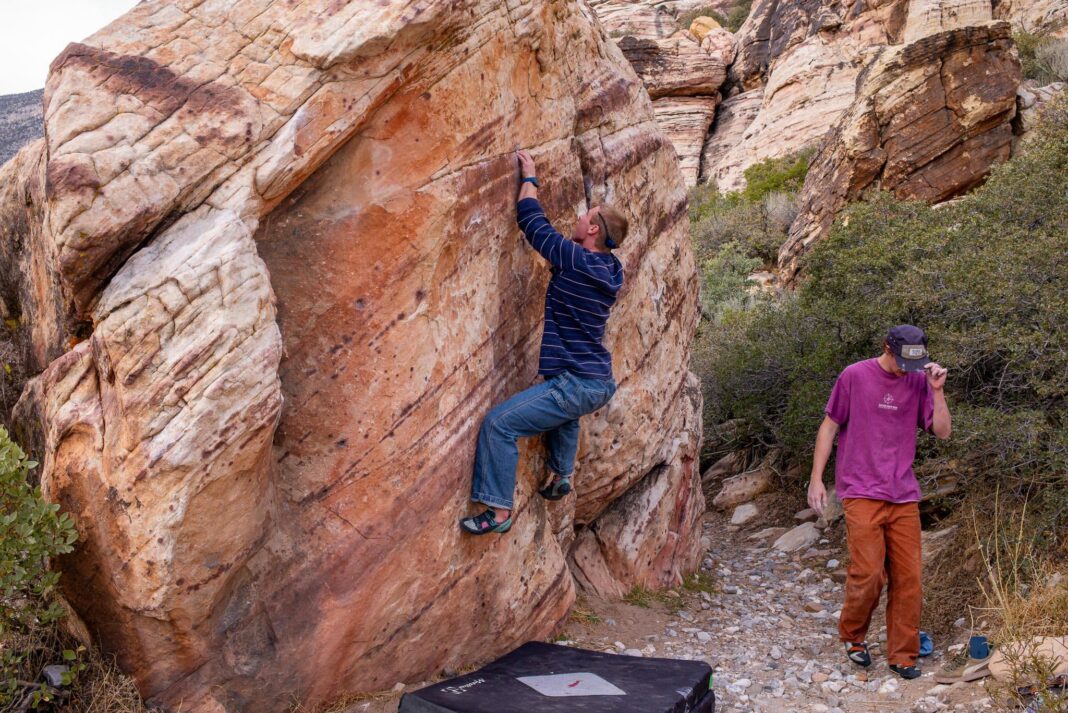

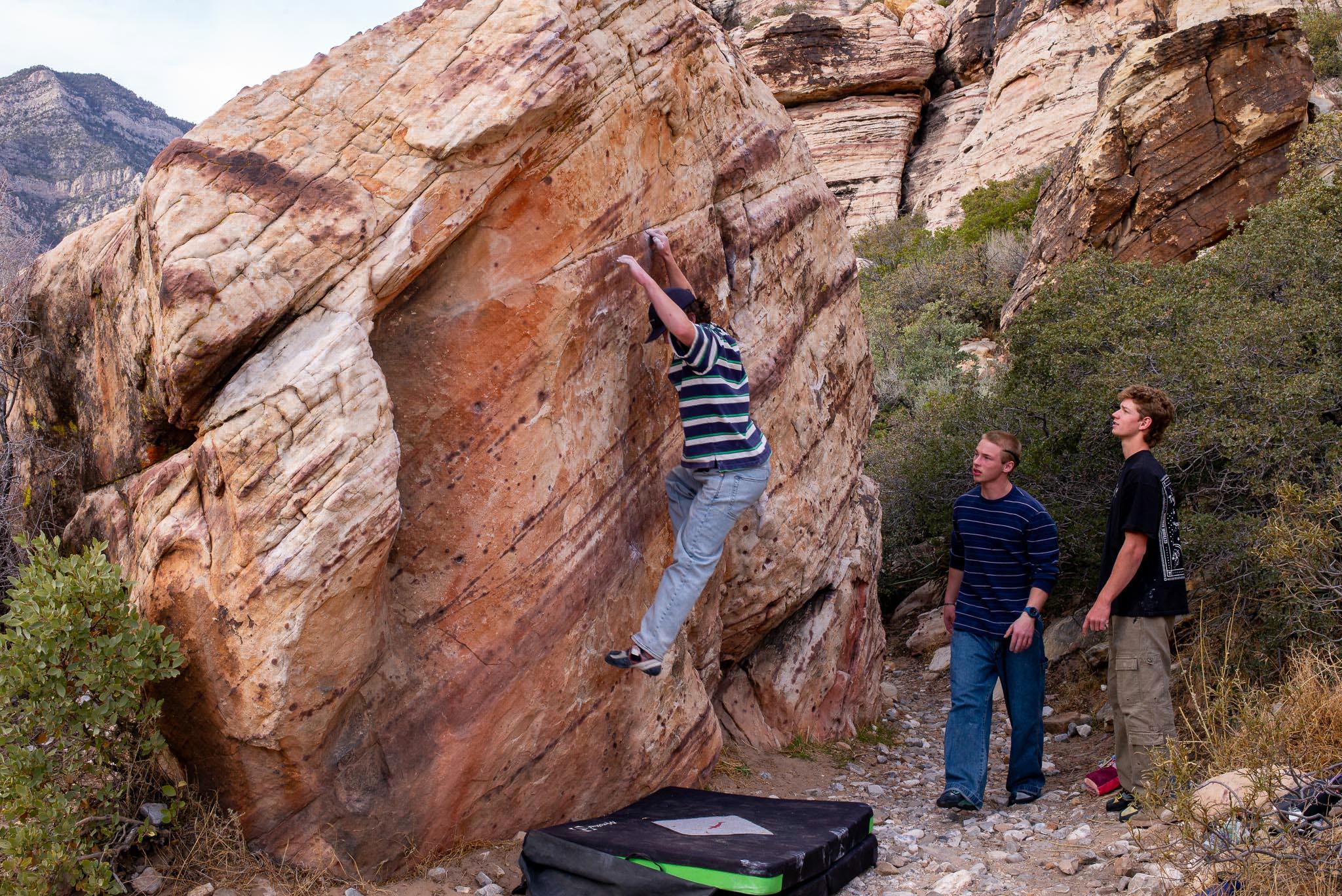

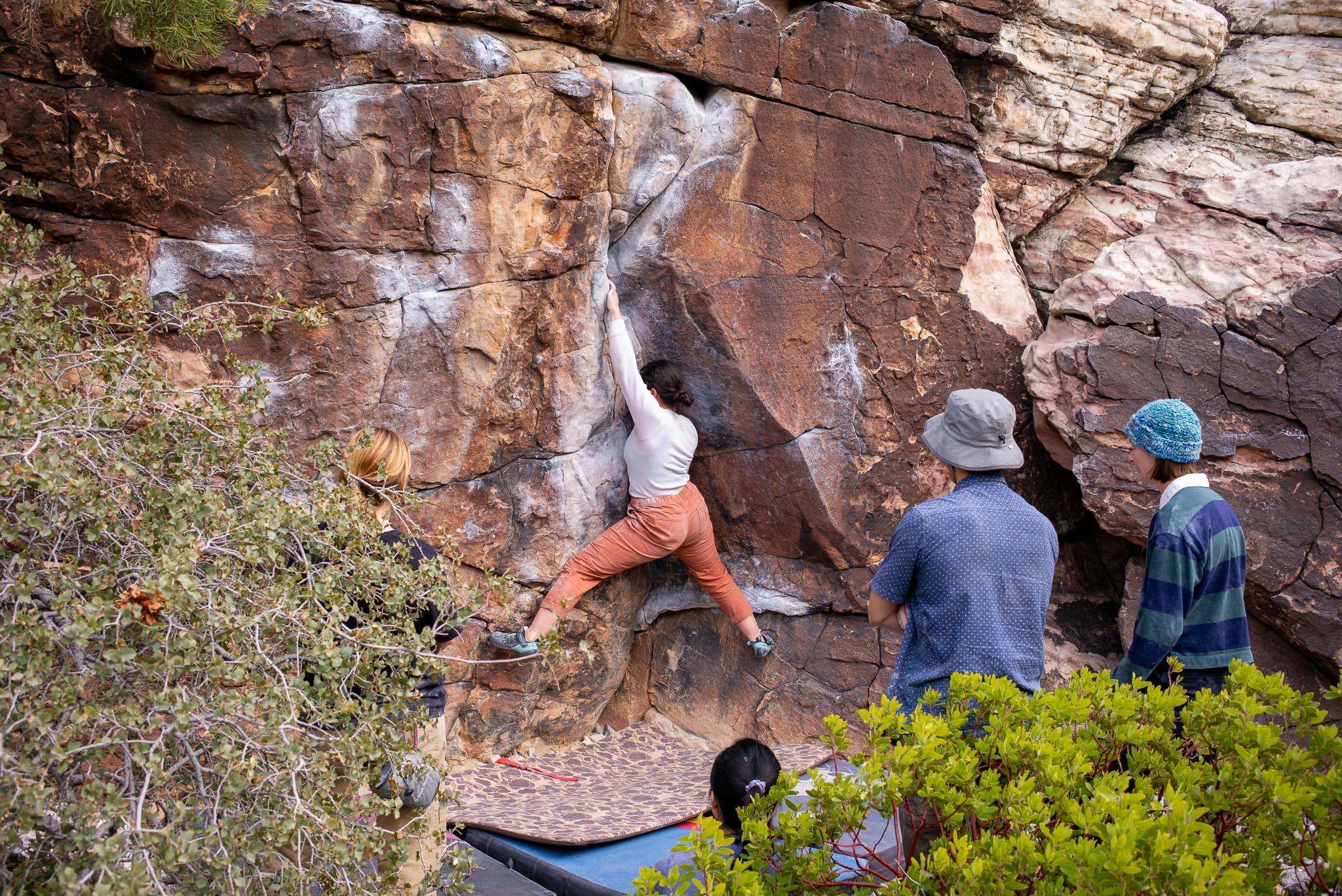
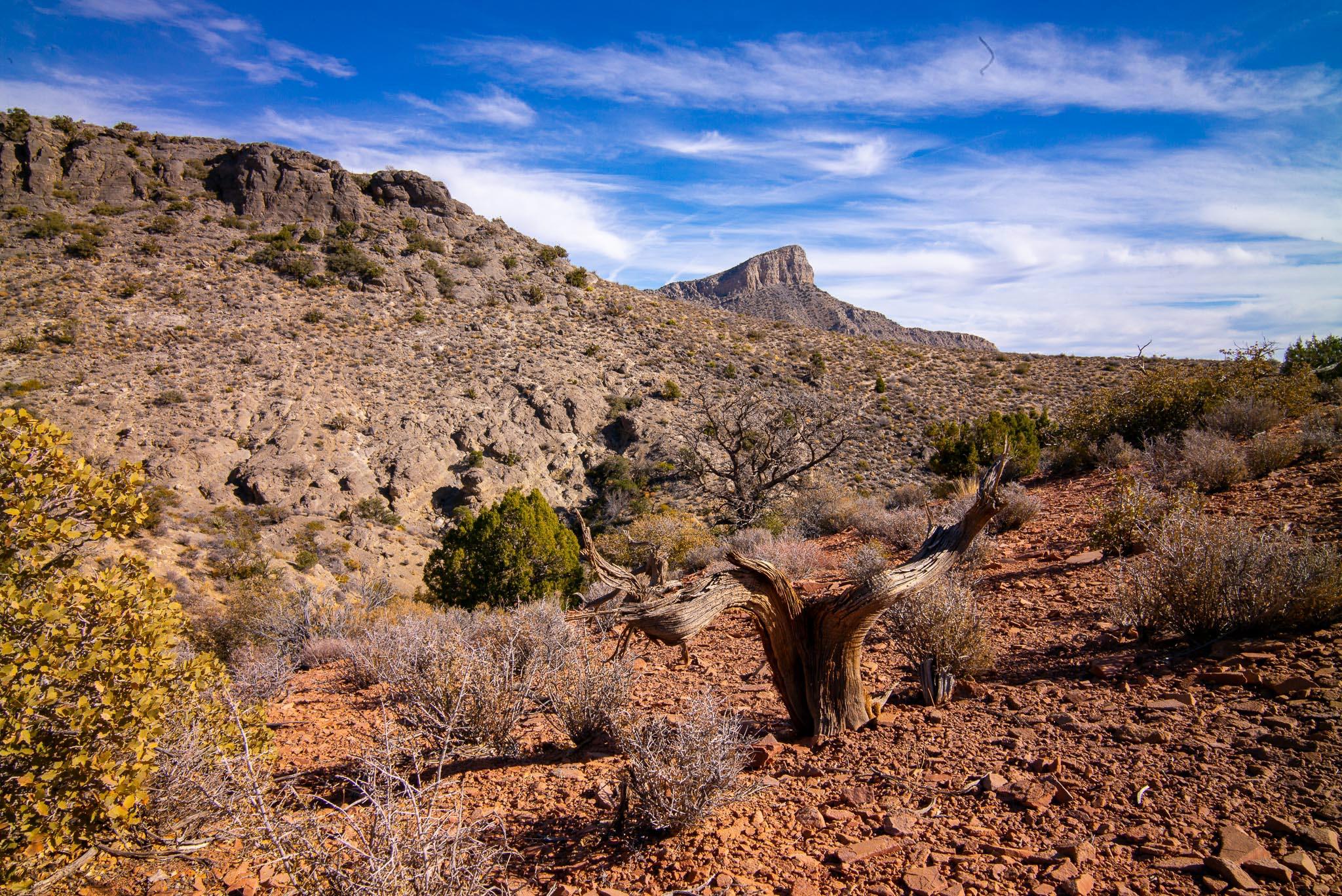
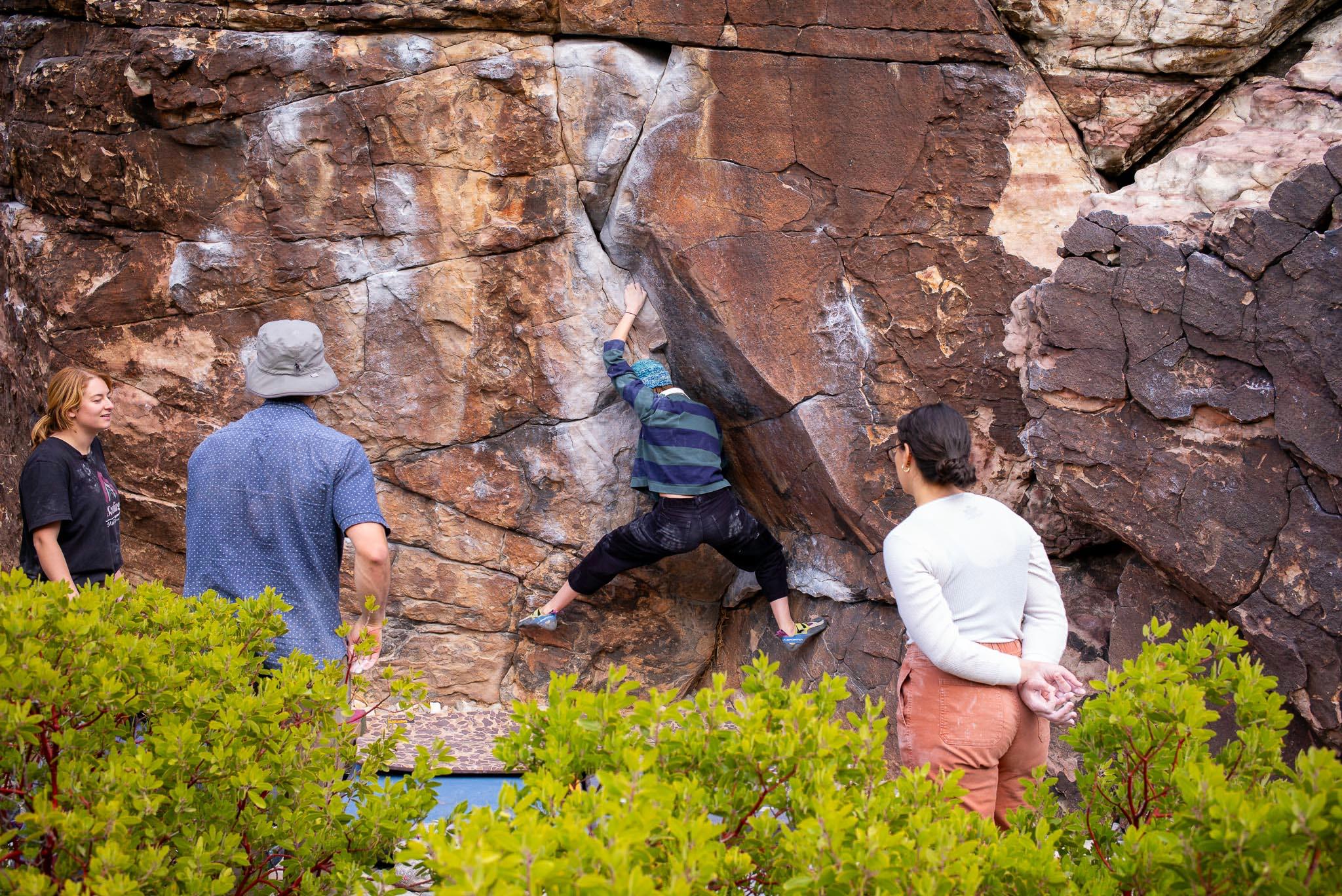
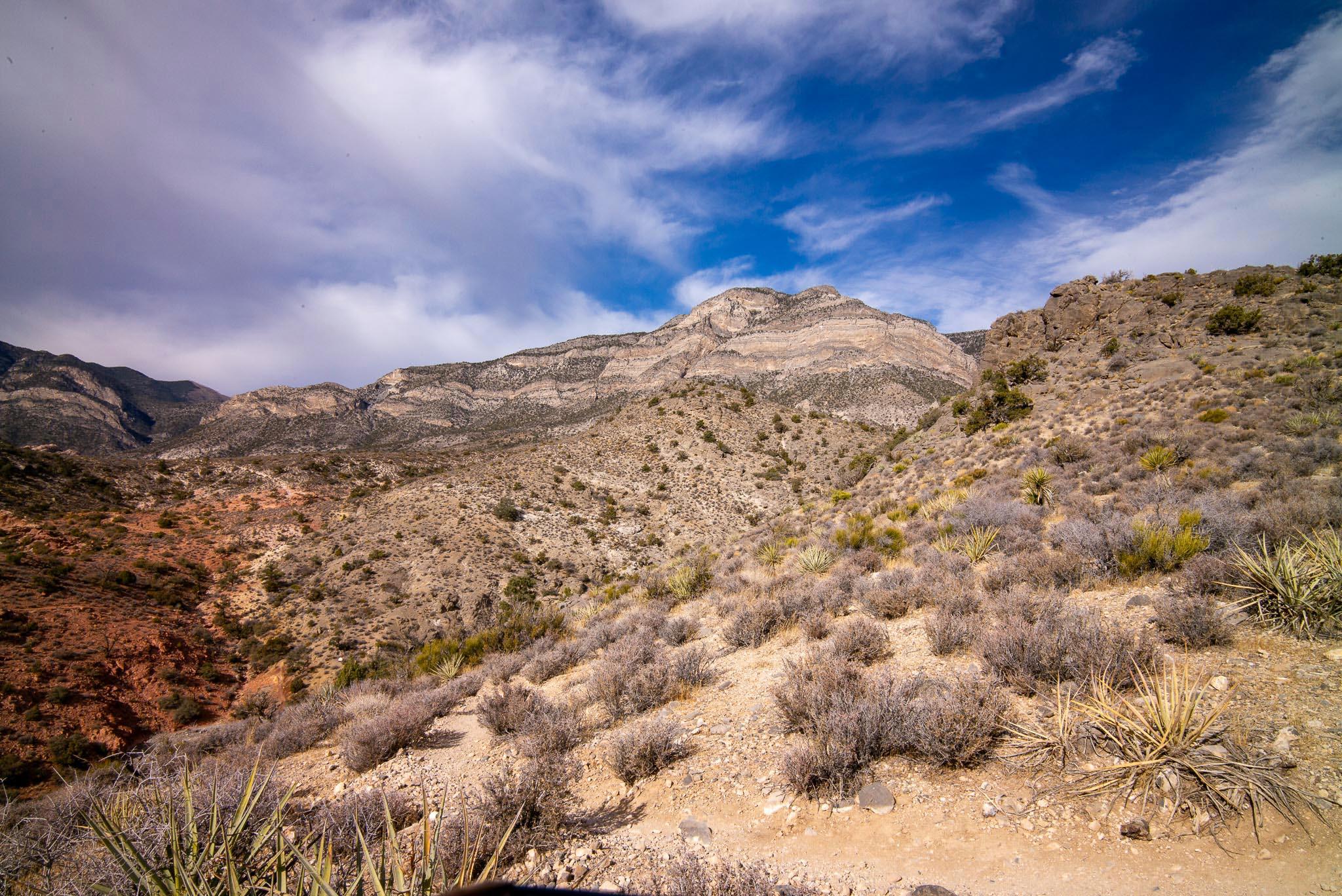
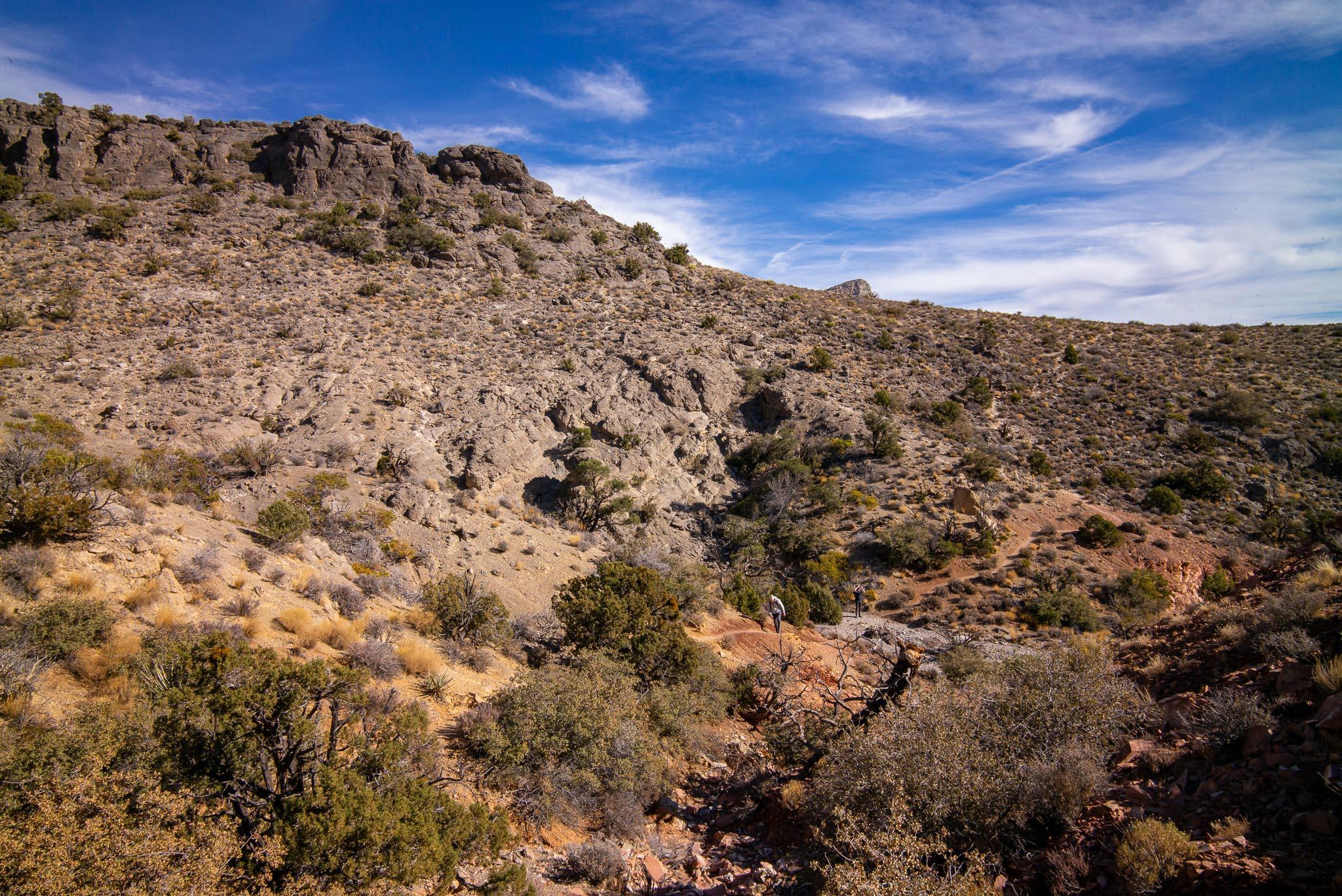

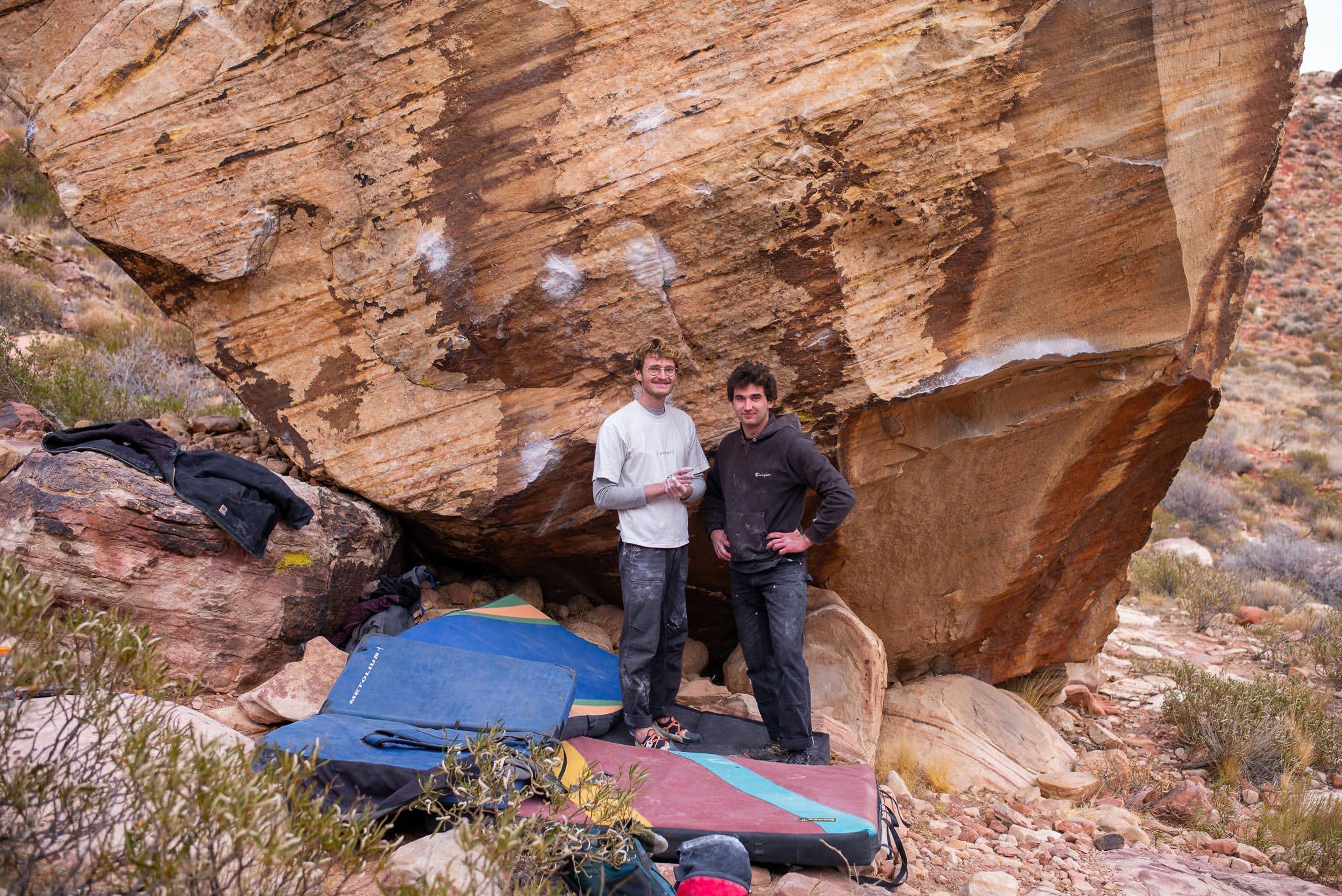




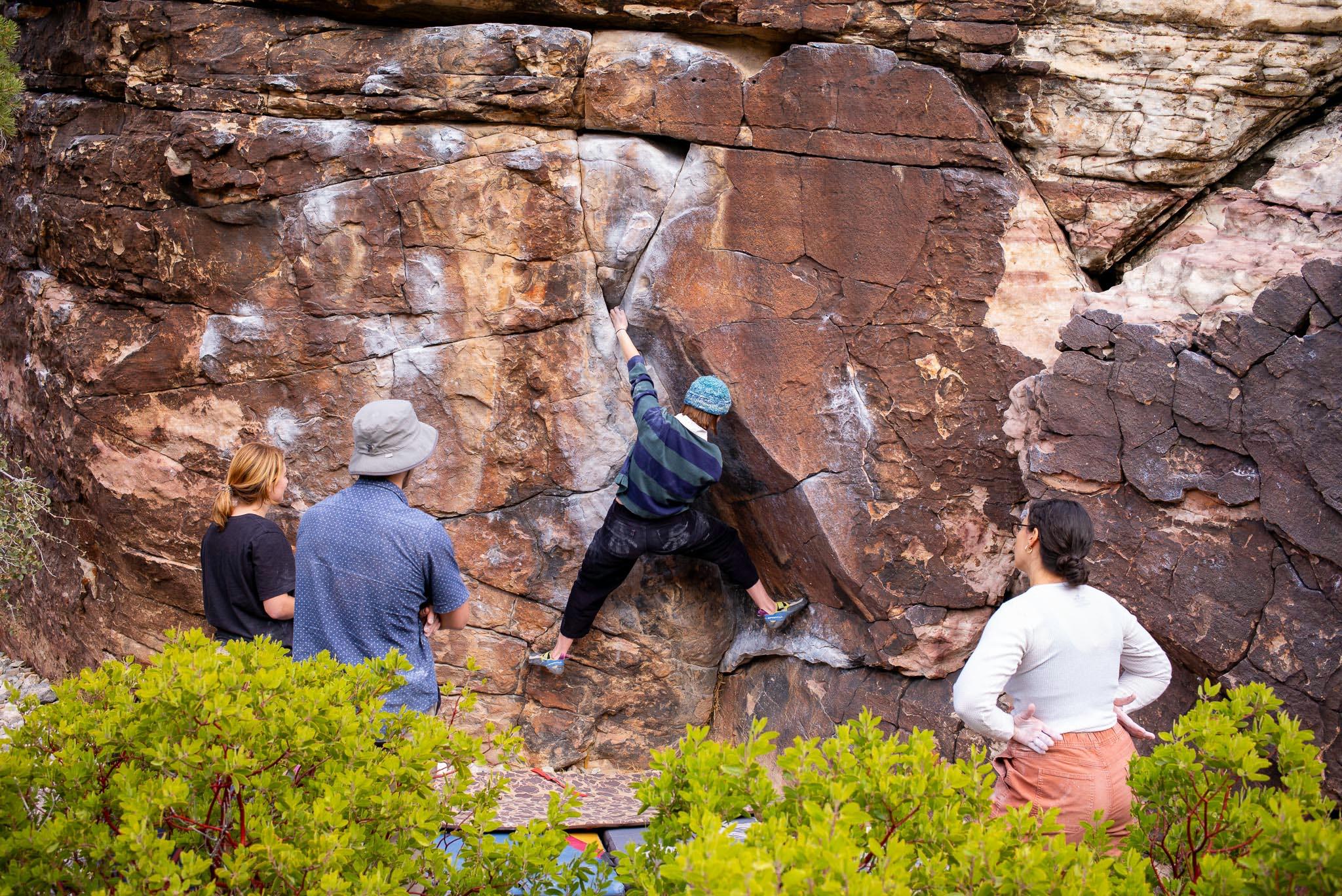
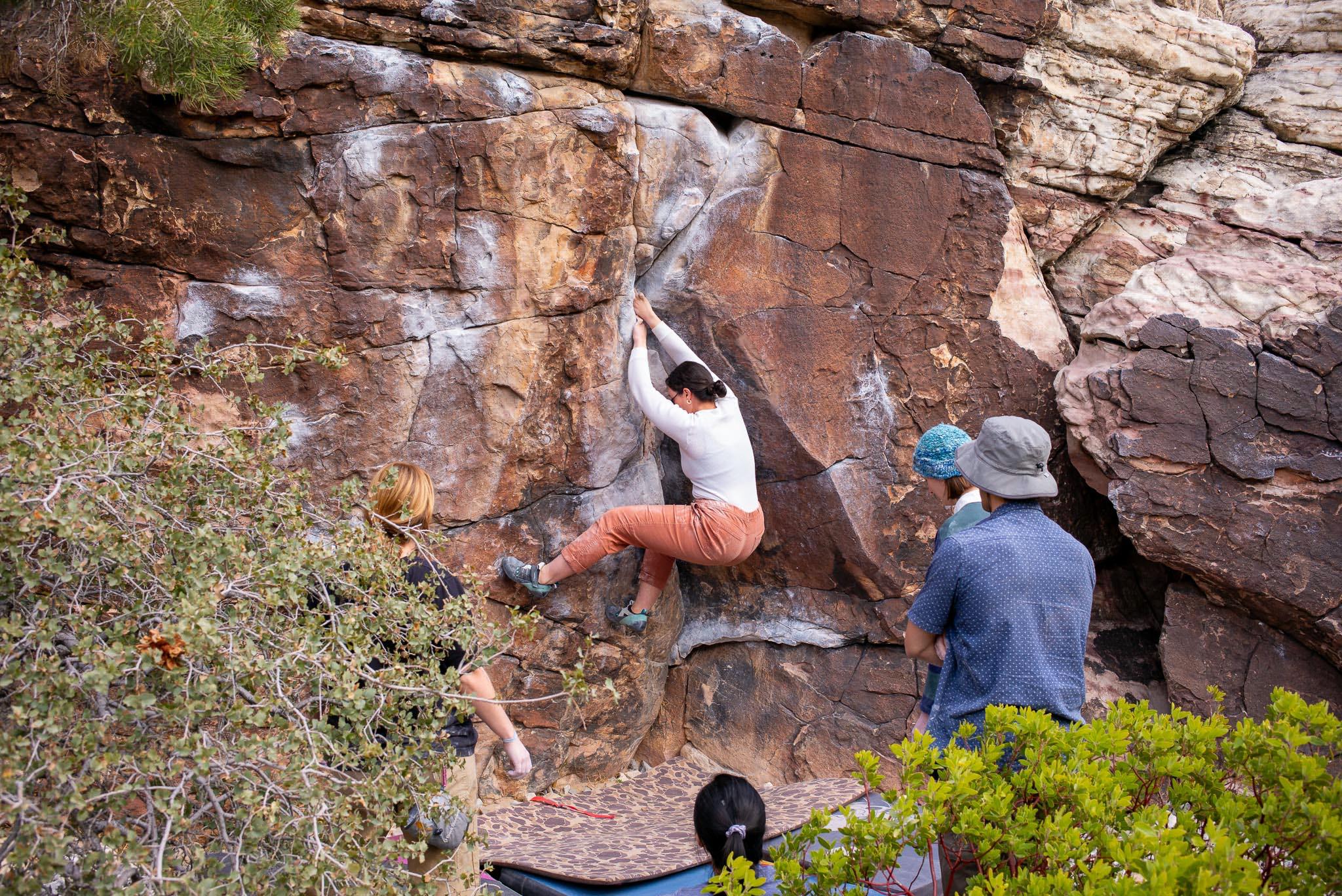
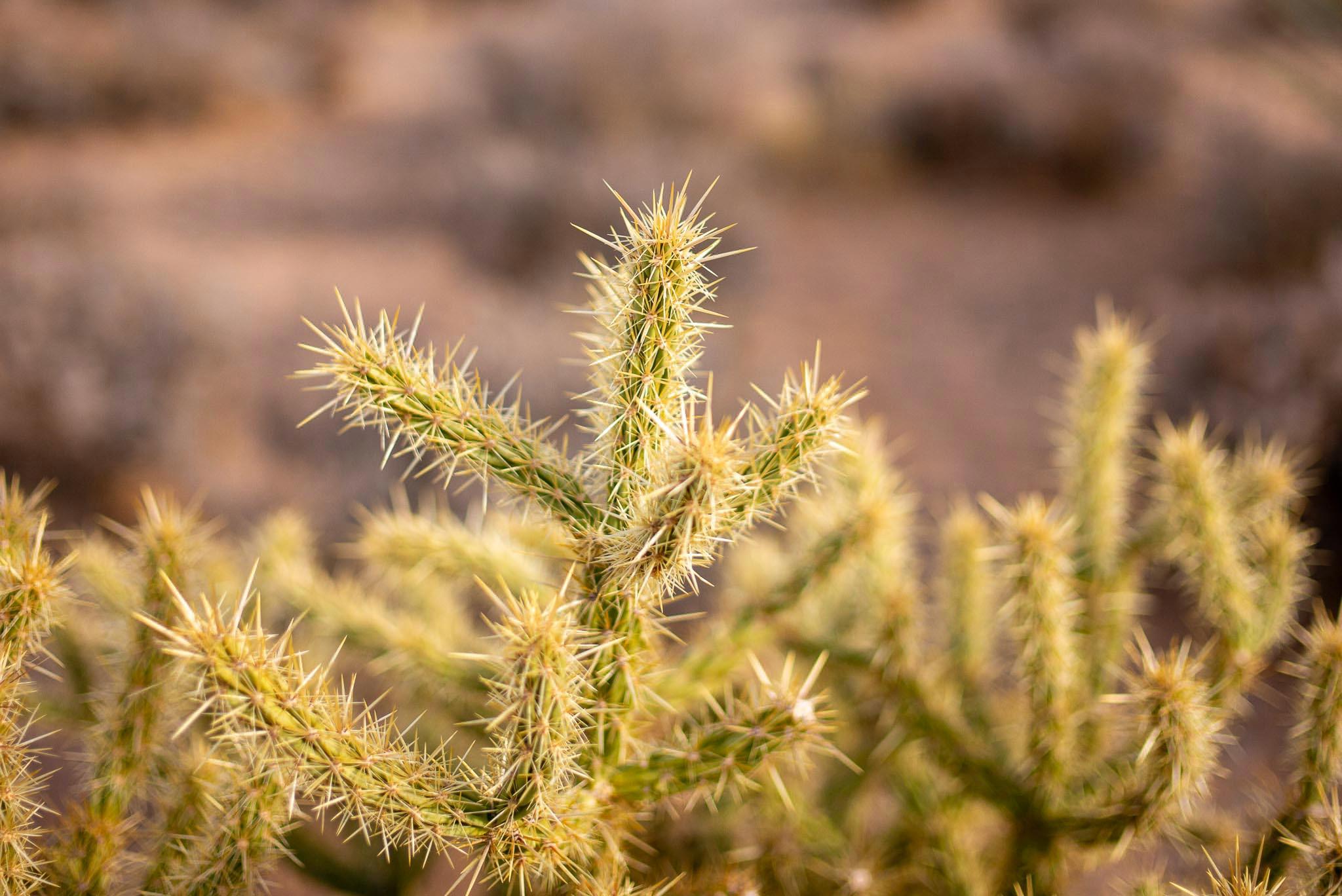
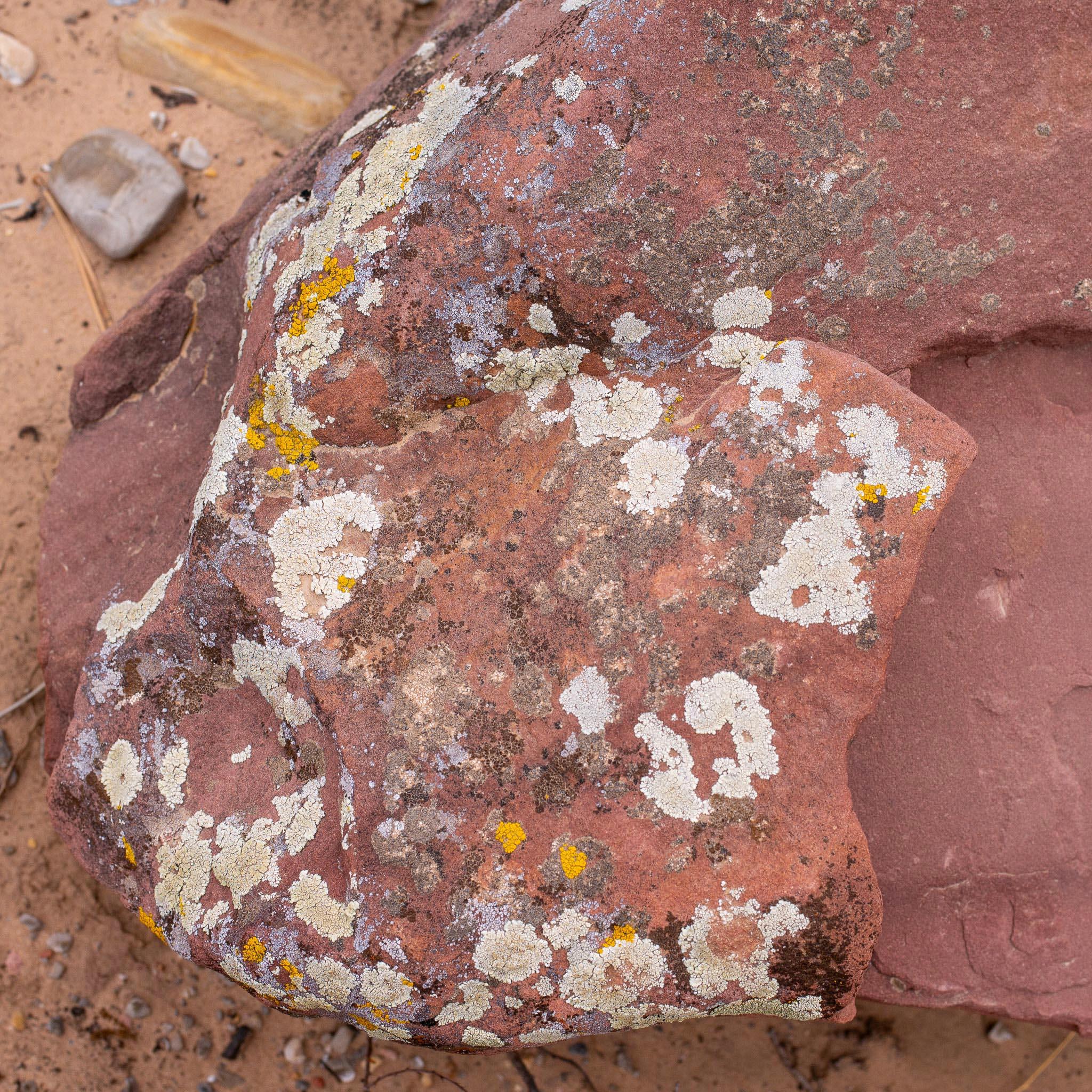
Great read, Keith, thanks for sharing. Bouldering is a thoroughly likeable way of doing sports. All boulderers I personally know are nice chaps. Thanks for making the readers aware of this scene. And for showing us the beautiful images! Cheers, JP